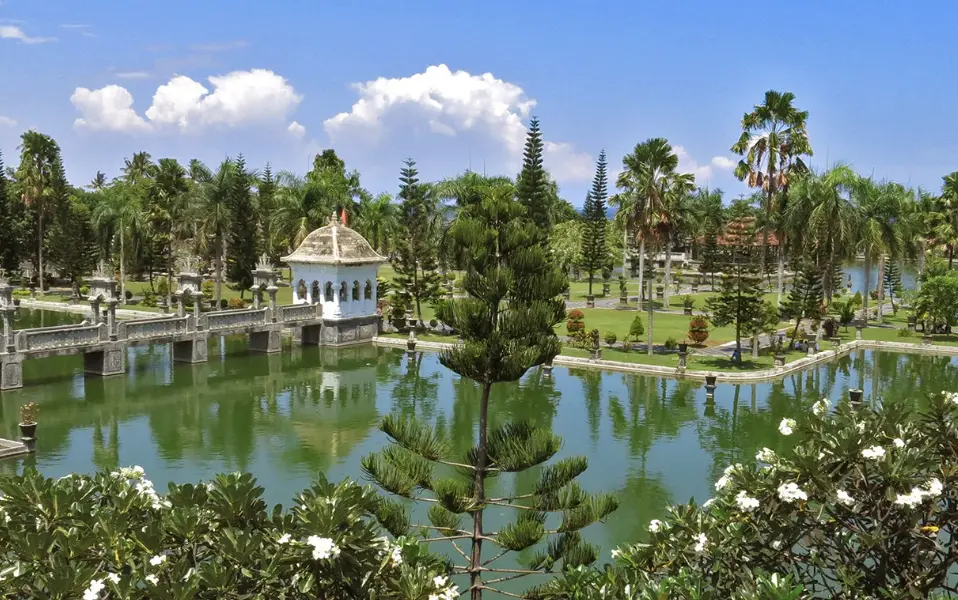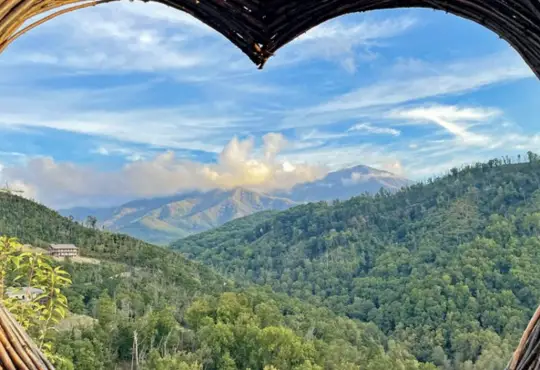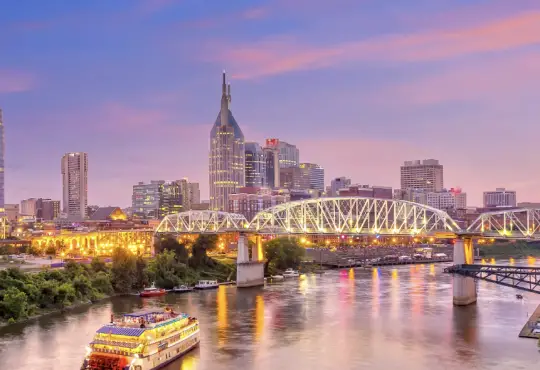
Taman Ujung Water Palace: Bali’s Enchanting Oasis of Elegance
Nestled amidst the lush landscapes and vibrant culture of Bali, the Taman Ujung Water Palace stands as a testament to the island’s rich history and artistic heritage. With its serene gardens, intricate architecture, and reflective pools, this enchanting palace offers a glimpse into the regal past of Bali’s royal dynasty. In this blog post, we invite you to immerse yourself in the captivating allure of Taman Ujung Water Palace, where elegance, tranquility, and cultural significance converge to create a truly unique and unforgettable experience.
A Journey into History:
- Royal Origins: Taman Ujung, also known as the Taman Sukasada Ujung, was built in the early 20th century by the royal family of Karangasem. The palace served as a retreat for the king and his family, reflecting their love for beauty and their appreciation for artistry.
- Architectural Marvel: The palace showcases a unique blend of Balinese and European architectural styles, resulting in a captivating synthesis of cultures. Elaborate gateways, intricate carvings, and grand staircases add to the palace’s regal charm.
Exploring Taman Ujung Water Palace:
- Grand Water Complex: As you enter the palace, you’ll be greeted by a series of interconnected pools, fountains, and ponds. The central pond, adorned with lotus blossoms and surrounded by pavilions, creates a serene and reflective ambiance that is nothing short of mesmerizing.
- Floating Pavilions: Stroll across elegantly designed bridges that lead to floating pavilions, providing breathtaking views of the surrounding landscape and water features. These pavilions were once the settings for royal ceremonies and leisurely gatherings.
Highlights of Taman Ujung Water Palace:
- Bale Gili: This iconic pavilion is the crown jewel of Taman Ujung, perched atop a hill overlooking the water complex. Offering panoramic vistas of the palace’s gardens and the sea beyond, Bale Gili is a perfect spot to pause and take in the beauty of your surroundings.
- Reflective Pools: The symmetrical arrangement of the ponds and pools creates a harmonious balance between the natural and architectural elements. The shimmering waters mirror the palace’s elegant structures, resulting in a visual masterpiece that delights the senses.
Cultural Significance:
- The Spirit of Karangasem: Taman Ujung is deeply intertwined with the history and spirituality of Karangasem. The palace has endured challenges, including volcanic eruptions, and remains a testament to the resilience and enduring spirit of the local community.
Visiting Taman Ujung Water Palace:
- Location: Taman Ujung Water Palace is located in the eastern part of Bali, near the town of Amlapura. Its proximity to other cultural and natural attractions, such as Besakih Temple and Mount Agung, makes it a must-visit destination for those exploring Bali’s diverse offerings.
- Opening Hours and Fees: The palace is open to visitors daily, allowing you to explore its beauty at your own pace. Be sure to check the current opening hours and entrance fees before planning your visit.
Conclusion: Taman Ujung Water Palace is more than just a historical site – it’s a living testament to Bali’s artistic legacy and royal heritage. From its elegant architecture and tranquil gardens to its significance in the cultural tapestry of Karangasem, the palace invites you to step into a world of timeless beauty and regal splendor. As you wander through its pavilions, reflect by its serene pools, and admire its intricate details, you’ll find yourself transported to a realm where the past and present seamlessly intertwine. A visit to Taman Ujung Water Palace is an opportunity to immerse yourself in the grace and elegance of Bali’s cultural legacy, leaving you with cherished memories and a deeper appreciation for the island’s artistic heritage.






